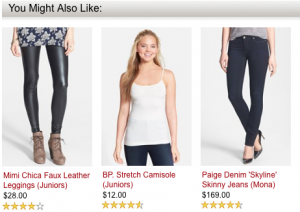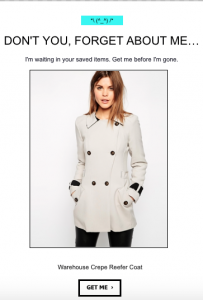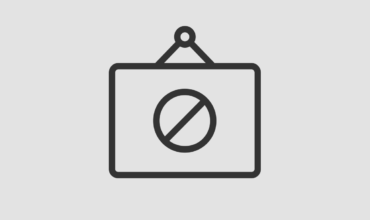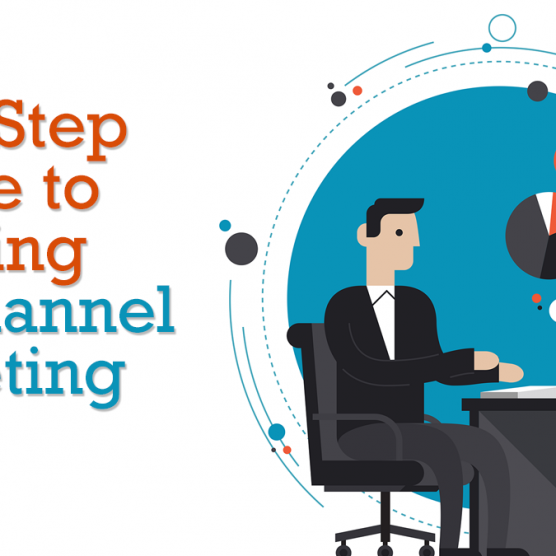Using Marketing Personalization to Tap into the Disconnected Consumer

Today’s consumers are bombarded with marketing. For consumers, the never-ending onslaught of marketing messages across digital and traditional marketing channels is a desensitizing experience, and customers quickly learn to ignore and filter marketing that does not instantly resonate with their needs.
Marketing personalization helps cut through the noise by smartly combining state of the art marketing tech with traditional marketing know-how. By personalizing a customer’s experience, disconnected customers quickly turn into engaged, loyal brand advocates.
Marketing personalization is the most important capability for marketers in years to come. 74% of consumers get frustrated with content that doesn’t appeal to their interests. Customers simply don’t have the time or attention span to sift through hundreds of marketing messages that aren’t personalized for them. Studies consistently show that personalized marketing increases various KPIs by significant amounts. One research brief found that personalized marketing improved clickthrough rates by 14% and conversion rates by 10%. Personalized content that targets an individual is more likely to receive attention and, as a result, increase revenue.
So, how can companies reach out to disconnected customers with a marketing personalization strategy? Companies can adjust their marketing strategies based on how personalization would be most effective for each individual customer. In most cases, personalized marketing either acts as an initial introduction to new products or is the final push a customer needs before finalizing their purchase.
Initial Introduction
I often receive emails from my favorite retailers announcing new products and special offers. Oftentimes this content is specifically tailored to my past purchases and buying behaviors. For example, consider the following email I received from Nordstrom. At the bottom of a confirmation email for new shoes I had recently purchased, Nordstrom listed other items that I might be interested in.


Before receiving this email, I had no plans for shopping with Nordstrom in the near future. I was disconnected from the retailer. However, upon seeing the recommended apparel, I was intrigued. I had become reconnected with Nordstrom. And, a couple weeks later, I drove down to Nordstrom for a closer look at one of the products that had been recommended, which I later ended up buying.
Personalized birthday emails are another way to introduce disconnected customers to the retailer. A timely birthday email with special offers can create an opportunity for the birthday guy or gal to spend recently acquired gift money or gift cards on the retailer.
Final Push
Personalization can also be the final push a disconnected consumer needs when he or she has not completed a transaction. Abandoned cart emails are a perfect example of this. When a customer strays from a website leaving behind a shopping cart full of products, an automated email that checks in with the customer can lead to a completed sale.

Cart abandonment emails are a must-have for any online retailer. According to Salecycle, nearly half of all cart abandonment emails are opened and 1 out of 3 clicks result in a purchase made on site. These emails prod disconnected customers back to the website, reconnecting them with the retailer.
A Final Note
When considering disconnected customers, implementing omnichannel strategies is a must. Marketing personalization can appear across a variety of platforms. A customer who is inactive on email may be disconnected from a company via email. However, this customer may be accessible via SMS or social media networks. A customer that is not responsive to a certain channel should not be regarded as “disconnected,” as this could simply be a matter of channel preference. An omnichannel strategy can help distinguish truly disconnected customers.




